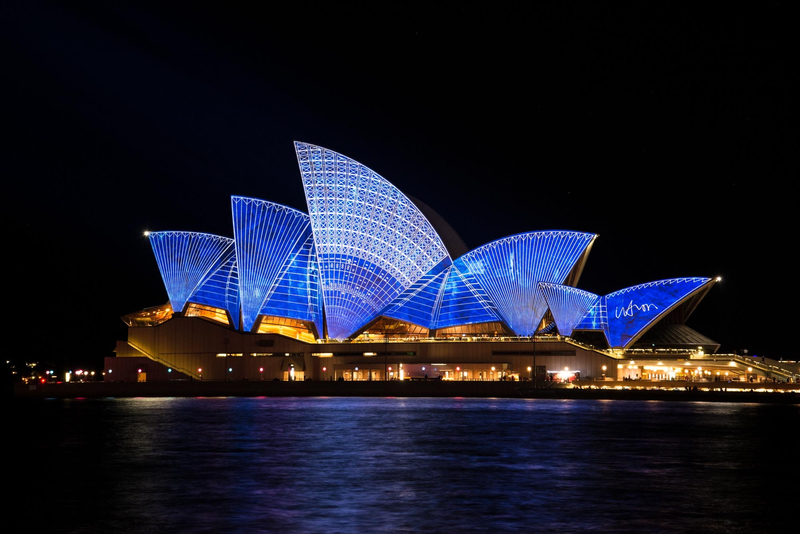

@veronica @ajsadauskas @technology The hype around AI in software engineering seems to be that it is ‘proven’ that devs produce code quicker. it is going to be interesting to see if the corporate world values code quality over development velocity. There seems to be a pervasive belief that “move fast and break things” is how the big guys do software engineering. A few points to note:
- this idiom only applies when you fail fast, realize it, and address the problem that has been introduced.
- Break things does not mean enshittify ie create tech debt by virtue of poor code
- It really only applies if you have enough development resources to do the rework. That is to say, can afford to get it wrong often.
#AI #copilot


@ajsadauskas @SituationCake @Seagoon_ if they could bottle the rage that “self service” checkouts produce they could power a city the size of Melbourne for a century.